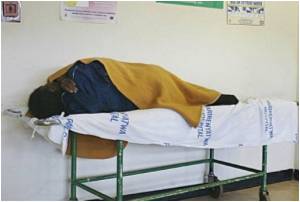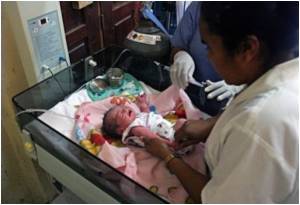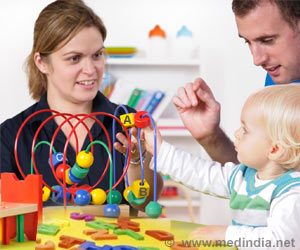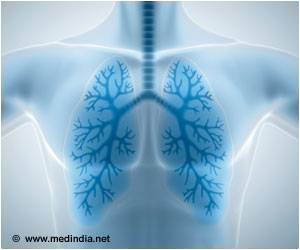International Registry of Acute Aortic Dissections (IRAD) is a consortium of research centers, including MHI, where the management and outcomes of acute aortic dissection is evaluated.

The belief among medical professionals in the 1950s that the mortality rate for type A acute aortic dissection during the initial 24 hours was one to two percent per hour appears to hold true in the contemporary era of treatment, based on a review of the large-scale IRAD registry being presented March 9 at the American College of Cardiology (ACC) Scientific Sessions.
"In the 1950s, the medical literature suggested that the mortality rate for type A acute aortic dissection was one percent per hour, but we have limited information about the current rate in an era where advanced diagnostic imaging is often readily available," explains lead study author, Craig E. Strauss, MD, MPH, a research cardiologist at the Minneapolis Heart Institute Foundation and physician at the Minneapolis Heart Institute® (MHI) at Abbott Northwestern Hospital in Minneapolis. "We reviewed data from the large-scale IRAD registry to obtain a real-world understanding of this patient population in the contemporary era."
"While aortic dissections are a less common diagnosis than a heart attack, patients present in a similar fashion with significant chest pain or back pain, and the mortality risk is very real, which is why rapid and appropriate diagnosis and treatment is so important," says study co-author, Kevin Harris, MD, research cardiologist at the Minneapolis Heart Institute Foundation.
An aortic dissection is a tear in the wall of the aorta of the heart that allows blood to flow within the layers of the aorta. Early diagnosis and treatment of this illness is critical for survival. Certain types (type A) of dissections, if left untreated, kill 33% of patients within the first 24 hours, 50% of patients within 48 hours and 75% of patients within two weeks.
For this study, the researchers included 1,969 patients (mean age 61.1, 68.1% male) diagnosed with type A acute aortic dissection in IRAD between January 1996 and February 2012. Of those patients, 195 were managed medically, as opposed to receiving surgery.
The mortality rate per hour during the initial 24 hours was 0.22% for all cases: 0.15% for surgically managed cases and 0.77% for medically managed cases. Among those patients managed medically, the rationale against surgery included age (41.7%), co-morbid illness (64.8%), patient refusal (27.1%), or other (21.3%).
"The take-home message from our findings is that mortality is still extremely high for these patients, which calls for rapid diagnosis and rapid intervention through surgery," adds Harris, who is also co-director of the Acute Aortic Dissection Program and director of the echocardiography laboratory at the Minneapolis Heart Institute® at Abbott Northwestern Hospital in Minneapolis. "These patients should not be medically managed throughout the night, for instance. If they are an appropriate candidate for surgery, they should be treated immediately."
Source-Eurekalert
 MEDINDIA
MEDINDIA




 Email
Email







